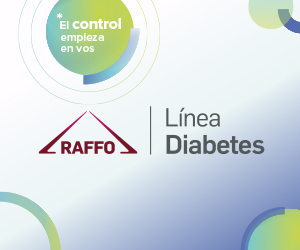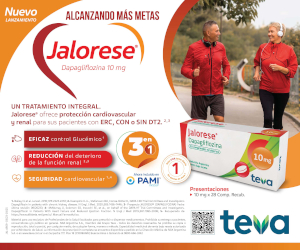Symposium 1: New insulins
DOI:
https://doi.org/10.47196/diab.v56i3Sup.488Keywords:
insulinAbstract
The first therapeutic use of insulin in 1921 revolutionized the management of Type 1 Diabetes and considerably changed the lives of many patients with other types of diabetes (DM). Many advances have taken place in the field of insulin therapy in the last century. , to achieve optimal glycemic control and reduce complications from DM. There are still great challenges such as increasing treatment flexibility, reducing iatrogenic hypoglycemia and optimizing the patient's quality of life. The problems with the action profile and extreme variability of the first insulins have been resolved with progressive modifications in their formulation.
Major innovations in the pharmacological field have led to the development of insulin analogs that more physiologically mimic pancreatic insulin secretion and have allowed the incorporation of basal-bolus insulin regimens into treatments. New formulations of exogenous insulin were created in order to speed up or slow down its absorption, insulin analogs (rapid-acting insulins) and to prolong the flatter and more prolonged profile of action (basal insulins). After subcutaneous injection, the insulin molecule forms hexamers that must be converted into monomers for entry into the capillaries. Prandial insulins, rapid insulins were formulated for the control of postprandial glycemia and glycemic excursions, in 1990 and 2000 three analogs (aspartic, lispro and glulisine) were developed through changes in the amino acid sequence. Subsequently, additives niacinamide (l-arginine, treprostinil, citrate) were incorporated to facilitate rapid absorption, which generated the production of ultrarapid second-generation analogs (ultrarapida aspartic, Fiasp) and (urli, Lyumjev). The optimization of the PK/PD properties of these analogs represents an advance in metabolic control in type 1 DM beyond HbA1c. Ultrafast formulations have increased the time in the glycemic range and mitigated glycemic variability, with a decrease in hypoglycemia. The development of basal insulin formulations has been based on obtaining a flatter and more prolonged action profile. This can be achieved based on the generation of stable hexamers after SC injection. These forms increase therapeutic flexibility (injection time) and convenience (fewer number of applications) and lower risk of hypoglycemia.
References
I. Jarosinski MA, Weiss MA. Structural principles of insulin formulation analog design: A century of innovation. Molecular Metabolism 2021;52.
II. Cheng R, Taleb N. Insulin’s first 100 years where next? Am J Physiol Endocrinol Metab 2021;320:886-890.
III. Heise T. The future of insulin therapy. Diabetes Research and Clinical Practice 2021;175.
Downloads
Published
How to Cite
Issue
Section
License
Copyright (c) 2022 On behalf of the authors. Reproduction rights: Argentine Diabetes Society

This work is licensed under a Creative Commons Attribution-NonCommercial-NoDerivatives 4.0 International License.
Dirección Nacional de Derecho de Autor, Exp. N° 5.333.129. Instituto Nacional de la Propiedad Industrial, Marca «Revista de la Sociedad Argentina de Diabetes - Asociación Civil» N° de concesión 2.605.405 y N° de disposición 1.404/13.
La Revista de la SAD está licenciada bajo Licencia Creative Commons Atribución – No Comercial – Sin Obra Derivada 4.0 Internacional.
Por otra parte, la Revista SAD permite que los autores mantengan los derechos de autor sin restricciones.


































